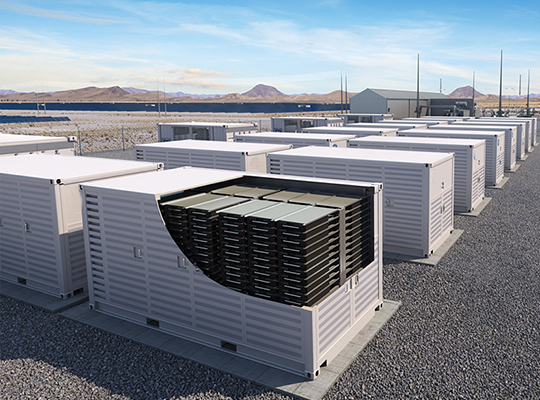The digital oilfield market has seen significant growth in the past few years, driven by the need for greater efficiency and productivity in the oil and gas industry. With advancements in technology, the industry has been able to adopt digital solutions that have revolutionized the way operations are managed, leading to increased production, reduced costs, and improved safety.
Driving Efficiency and Productivity through Digital Solutions-
The digital oilfield encompasses a range of technologies, including sensors, software, and automation tools, that enable real-time monitoring, analysis, and control of operations. These technologies provide operators with a wealth of data that can be used to optimize drilling, production, and maintenance processes, as well as improve asset integrity and safety.
According to Allied Market Research, the digital oilfield market is anticipated to portray a significant CAGR from 2021 to 2030.
The demand for operational digital solutions in the oil industry is on the rise due to the limited supply of oil and fuel and the increasing number of vehicles in the market. This has compelled the industry to adopt advanced technologies to improve efficiency. Furthermore, the shortage of skilled labor in the oil sector has been a persistent challenge in recent years. By implementing digital oilfield solutions, the industry can address this issue. Additionally, the growth of digital mediums and urbanization has fueled the expansion of the digital oilfield market.
Cost-Saving Benefits and Maximizing Production-
The digital oilfield offers significant advantages through its capacity to facilitate remote operations. With digital solutions, operators can efficiently oversee and regulate oil and gas fields from any location, diminishing the requirement for on-site personnel and improving operational productivity. This advantage became increasingly relevant during the COVID-19 pandemic, which underscored the necessity for remote operations and minimized contact between workers.
Another advantage of the digital oilfield is its ability to facilitate predictive maintenance. By analyzing data from sensors and other sources, operators can identify potential issues before they become critical, allowing for preventative maintenance and reducing downtime. This helps to improve asset reliability and reduce maintenance costs.
Recent Contracts and Future Growth-
The adoption of new technologies such as horizontal drilling and fracking in shale plays has led to a significant increase in the demand for digital oilfield services in the United States. In 2020, these technologies resulted in the discovery of 92 million barrels of new crude oil reserves, particularly in the Uinta Basin in Colorado.
These advancements are anticipated to have a positive impact on offshore exploration and production activities, consequently driving the need for digital oilfield solutions in the future. Furthermore, compliance with health and safety regulations and the rise in offshore field development initiatives in the Gulf of Mexico are projected to propel the growth of the digital oilfield services market in this region over the forecast period.
Simultaneously, due to the unpredictable nature of oil prices, major players in the oil and gas industry have shifted their attention towards adopting digital solutions. These technologies, such as cloud computing and the Internet of Things (IoT), offer immediate cost-saving benefits and are driving the growth of the digital oilfield services market. Additionally, oil and gas operators are focused on maximizing production from mature fields, and a digital oilfield can provide an effective solution for planning well intervention techniques in a timely manner.
Petrofac, an oilfield services company, recently announced that it has secured a five-year extension for providing well management and operator services to NEO Energy. The contract covers twenty seven wells located across several fields in the Central North Sea, the United Kingdom.
Weatherford International PLC revealed in December 2021 that it has secured a contract to implement a digital oilfield solution for Kuwait Oil Company (KOC) in the North Kuwait Heavy Oilfield. The three-year contract is aimed at supporting KOC’s digital transformation goals, and Weatherford will be deploying its Integrated Enterprise Excellence Platform throughout the company. This deal marks a significant milestone for Weatherford and underscores its commitment to helping KOC streamline its operations and improve its efficiency using the latest digital technologies.
Conclusion-
The market for digital oilfield solutions is expected to grow even more, as operators seek to optimize their operations and reduce costs. However, adoption of digital solutions can be challenging, particularly for smaller operators with limited resources. To address this, companies are developing more user-friendly and cost-effective solutions that can be easily implemented and integrated with existing systems.
In a nutshell, the market presents significant opportunities for the oil and gas industry, with the potential to improve efficiency, increase productivity, and reduce costs. As technology continues to advance, we can expect to see further innovation in this space, with new solutions emerging to meet the evolving needs of the industry.
Author’s Bio- Koyel Ghosh is a blogger with a strong passion and enjoys writing on miscellaneous domains, as she believes it lets her explore a wide variety of niches. She has an innate interest for creativity and enjoys experimenting with different writing styles. A writer who never stops imagining, she has been serving the corporate industry for the last four years.













